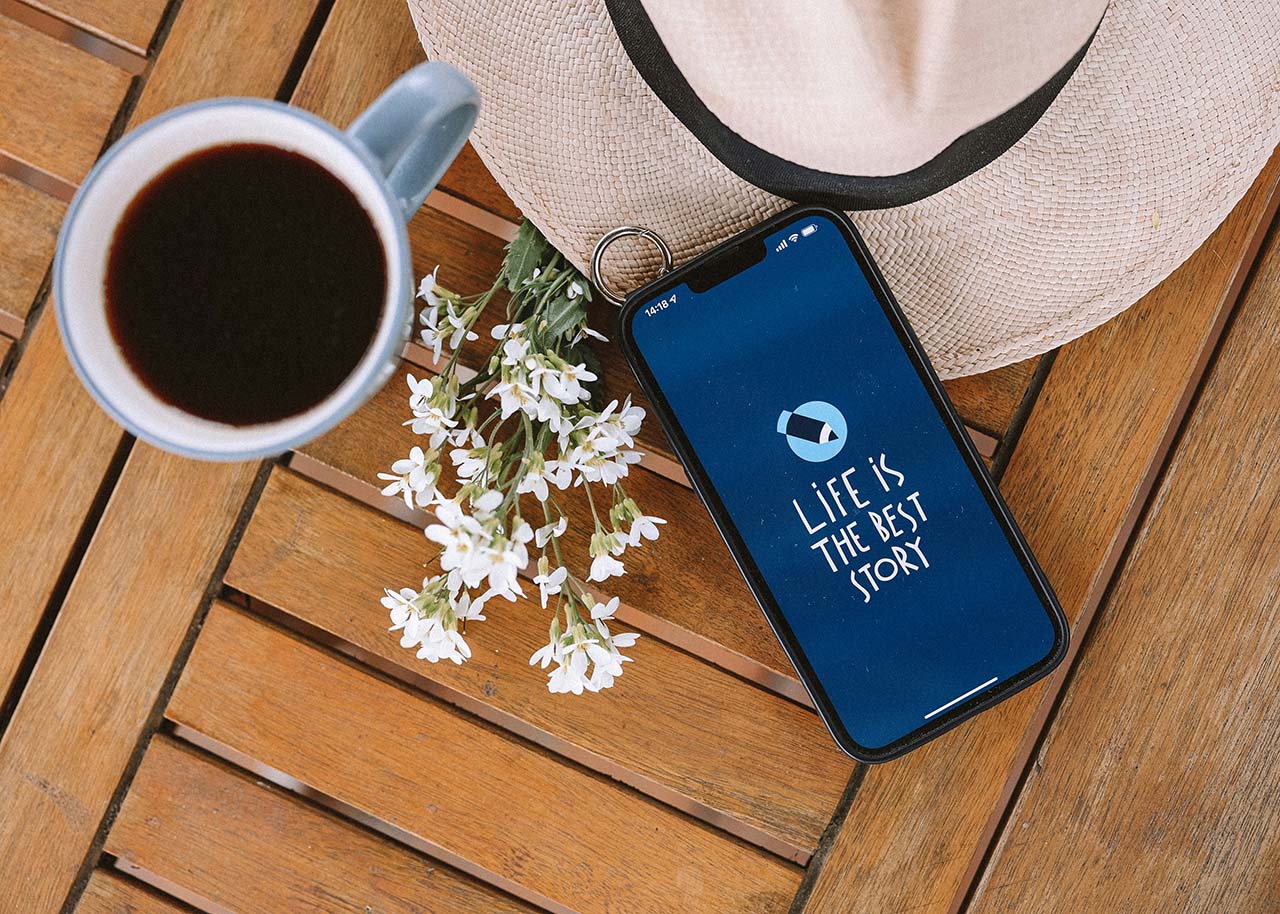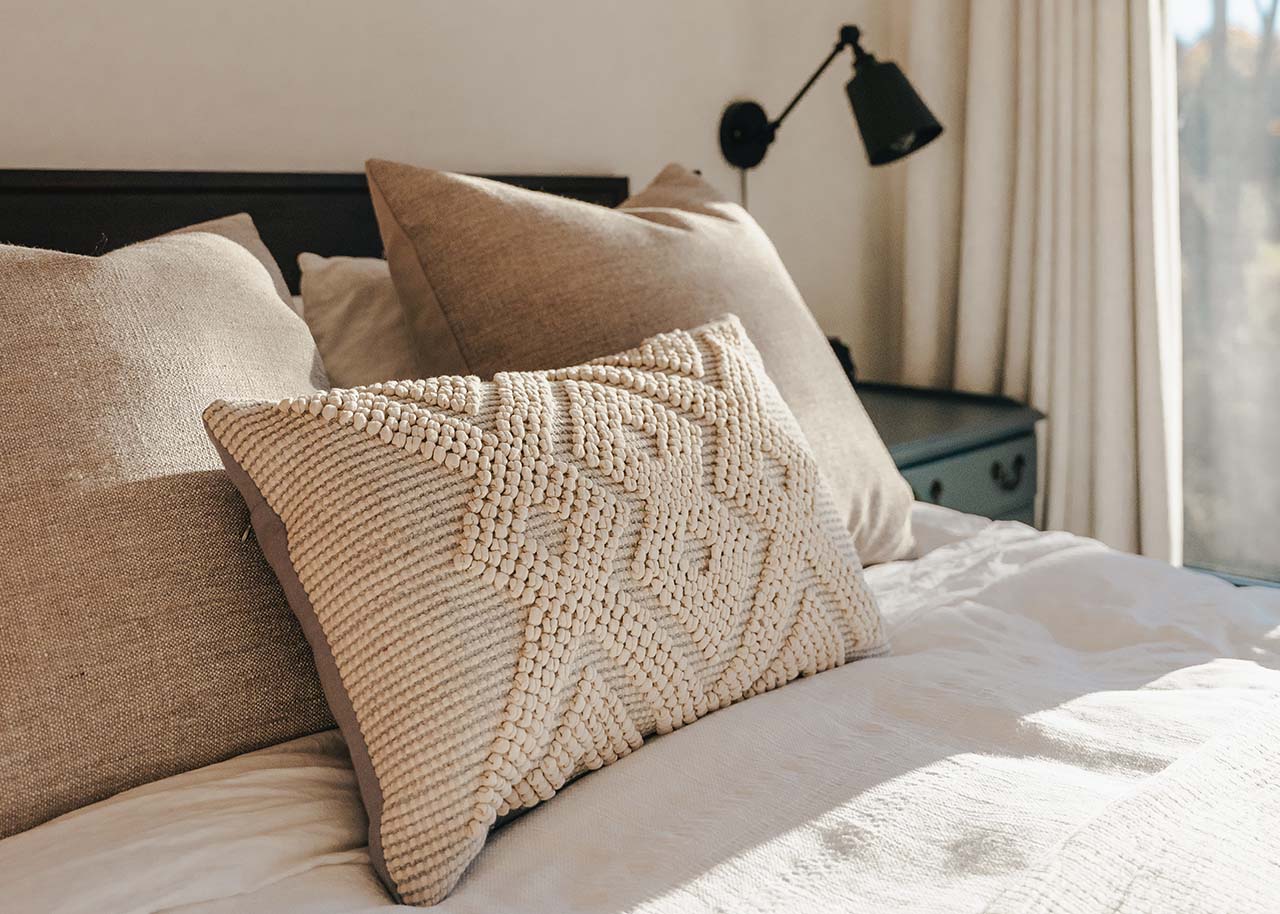(collaborative post)
Technology has its place in modern lives, but it can also take away from our ability to be mindful and conscious. When spending hours staring at your laptop or scrolling through your phone, you can miss the simple pleasures of life: bird song out the window, the smell of coffee brewing in the kitchen, and the feel of your feet touching the carpet after a long day of work.
In recent years, our use of technology has increased drastically. In the UK, the average time we spend on mobile apps has reached almost 5 hours (a third of the time we’re awake!), and that’s not even counting the time spent on laptops or watching TV. But, in an increasingly tech-heavy world, what can we do?
The answer could lie in mindful tech use. This is a concept that allows you to continue embracing technology in everyday life, but in healthier, more conscious ways that align with slow living methodologies.
What is Mindful Tech Use?
Technology doesn’t have to take over your life. You can dictate your relationship with the digital devices around you and break bad, disruptive habits by setting healthy boundaries. This is the foundation of mindful tech use, which rewrites how we incorporate technology into our daily lives.
Mindful tech use is all about having a conscious purpose when you’re using your smartphone or on your laptop; a reason why you’re doing what you’re doing. It doesn’t condone endless doomscrolling or picking up your phone every time you hear a notification. Instead, you only use your tech when it serves a functional purpose, and at every step, you’re in control of how much time you spend on your devices.
Why is Mindful Tech Use Important?
One of the major issues with phones and apps is that they’re designed to keep you wanting more. From notifications to likes, the activities you might be doing too much of online are triggering dopamine releases in your brain, which create positive associations and keep you coming back for more. When dopamine drops (such as when focusing on a task at work or waiting for a bus), your brain reaches for that instant hit again, creating an endless cycle of doom scrolling.
Mindful tech use aims to stop this knee-jerk reaction to using tech. This isn’t necessarily about going back to flip phones or getting rid of your tablet, but about weaving these devices into your life with intention, so that they support rather than steal your time.
When you pause before opening an app or turning on a screen, you’re creating space to ask, “Is this helping me, or is it just filling the silence?”. That small act of awareness is the gateway to slow living in a tech-infused world. By being more deliberate, you reclaim time for the things that ground you, whether that’s enjoying a meal without distractions, taking a mindful walk, or simply resting without the pull of notifications.

How to Create Digital Boundaries
So, how can we start using tech with intention and setting digital boundaries? Let’s take a look at some tips to build solid, mindful foundations:
Question your motives
Before picking up your phone or opening an app, take a quick pause to ask yourself, “Is this what I want to be doing with my time right now?”. It’s a simple but effective method to stop that unconscious reaching for devices and break the habit of filling a free moment with tech.
Practice single-tasking
It’s all too easy to pick up your phone and scroll when you’re meant to be working, or open your laptop while you’re watching TV, but this isn’t great for your dopamine. Stick to using one digital device at a time to cut down on the technological clutter.
Curate a mindful digital space
Delete addictive apps, block procrastination-enabling websites, and turn off notifications that you don’t need. If there’s something in your digital space that leaves you feeling drained and isn’t essential to your everyday life, get rid of it.
Replace scrolling with stillness
The urge to reach for your phone often comes in quiet moments. Instead of filling that space with more noise, try a mindful alternative, like deep breathing, nurturing your reading habit, or simply enjoying the chance to pause and check in with yourself.
Set alarms
Checking out Facebook or watching YouTube videos isn’t all bad; the trick is to not let these activities consume your waking hours. For apps that you struggle to switch off from, add usage reminders (these can usually be found in the wellbeing settings on your phone). Set a healthy time limit, like 10 minutes a day, to make sure your usage doesn’t go overboard.
Create a tech bedtime routine
Give your mind a rest from screens before you go to bed. Switch devices off at least 30–60 minutes before to allow your brain to relax without blue light and endless scrolling.
Track your progress
Use a paper journal (not a digital one!) to record your daily screen time across devices. Reflect on what’s been tough, what you’ve enjoyed from less tech time, and how you might improve tomorrow.
At first, these behaviour switches can be a little tricky to adjust to. You might find yourself reaching for your phone in bed or longing to doomscroll in a rare moment of quiet, but stick with it. With perseverance comes change, and you’ll be another step closer to your ideal slow-living life.
This post was published in collaboration with a content partner. The article is meant to inspire you how to live a slow, simple, soulful and sustainable lifestyle and may contain (affiliate) links to articles, websites or products/services that may be of interest to you.
Would you like to receive inspiration from The Slow Living Guide regularly?
Sign up for the newsletter here.



